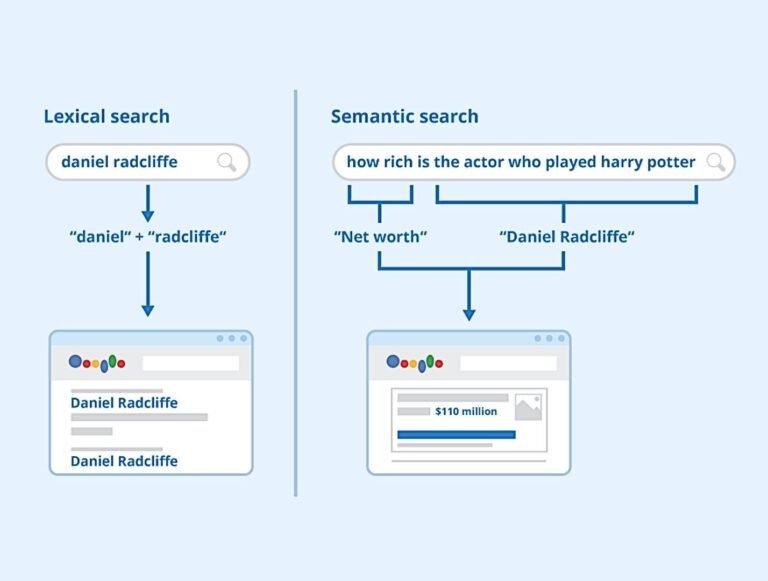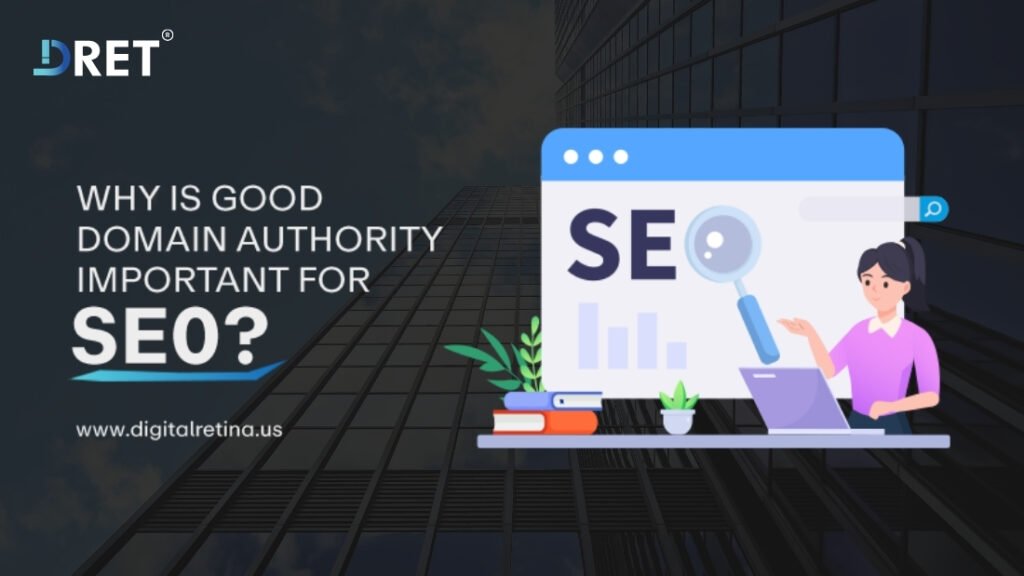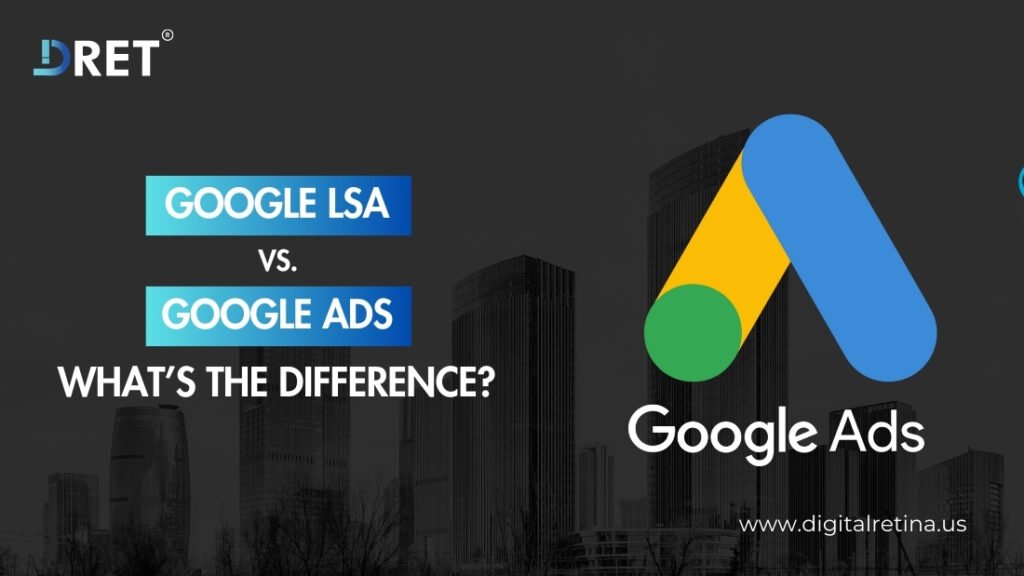
In the evolving world of digital marketing, Semantic SEO is becoming a crucial strategy for improving search engine rankings. This approach goes beyond traditional keyword optimization by focusing on the meaning and context of the content. This blog post will explore Semantic SEO, its benefits, challenges, and practical tips for implementation.
Semantic SEO is the practice of optimizing content to understand and fulfill the intent behind a user’s search query rather than just focusing on specific keywords. It involves creating content that is contextually relevant and meaningful, utilizing concepts like synonyms, related terms, and the relationships between words. Unlike traditional SEO, which might rely solely on exact keyword matches, semantic SEO seeks to understand the broader context of a user’s query, ensuring that the content answers their questions or solves their problems comprehensively.


Semantic SEO helps search engines understand the context and relevance of your content, leading to better rankings. By addressing the user’s intent rather than just matching keywords, your content is more likely to appear in relevant search results. This approach aligns with how modern search engines, like Google, assess and rank pages based on user intent and contextual relevance.
By focusing on user intent, semantic SEO creates content that is more relevant and useful to visitors. This leads to a better user experience, as users find the information they are looking for more easily. Content that meets user needs and provides valuable insights is more likely to engage users, reduce bounce rates, and increase time spent on the page.
Semantic SEO helps in ranking for a broader range of related queries, not just exact keywords. This means your content can attract visitors through various related search terms and phrases, increasing your overall visibility in search engine results. By covering a wide range of related topics and concepts, your content becomes more versatile and discoverable.
It encourages structured content that is easier for search engines to crawl and index. Using clear headings, subheadings, and well-organized information helps search engines understand the hierarchy and relevance of your content. Structured content also improves readability and usability for your audience.
Implementing semantic SEO requires a deep understanding of user intent and advanced techniques. Unlike traditional SEO, which may involve straightforward keyword optimization, semantic SEO demands a nuanced approach to content creation and optimization. This complexity can be challenging for those unfamiliar with advanced SEO practices.
Search engines frequently update their algorithms, making it challenging to keep up with best practices. As search engines become more sophisticated, the criteria for semantic SEO may change, requiring continuous adaptation and learning to stay effective.
It can require significant time and effort to research and implement semantic strategies effectively. From conducting in-depth keyword research to creating high-quality, contextually relevant content, the resources needed for semantic SEO can be substantial. This may involve investing in specialized tools and expertise.
Focusing too much on semantics might lead to keyword stuffing or unnatural content. While semantic SEO emphasizes context and relevance, there is a risk of overdoing it, which can negatively impact readability and user experience. Balancing semantic optimization with natural, engaging content is crucial.
The future of Semantic SEO will likely see advancements in AI and machine learning, which will further refine search engines’ ability to understand context and user intent. Innovations such as improved natural language processing (NLP) and more sophisticated algorithms will enhance how semantic SEO is applied. Emerging technologies, like neural networks and deep learning, will continue to evolve the capabilities of search engines in interpreting and ranking content based on its semantic value.
Start by analyzing what users are looking for and tailor your content to meet those needs. This involves understanding the underlying questions or problems users are trying to address and providing comprehensive, relevant answers. Use tools like Google Trends and search query analysis to gain insights into user intent.
Start by analyzing what users are looking for and tailor your content to meet those needs. This involves understanding the underlying questions or problems users are trying to address and providing comprehensive, relevant answers. Use tools like Google Trends and search query analysis to gain insights into user intent.
Develop content that addresses the topic comprehensively and naturally. Ensure that your content provides valuable insights, answers common questions, and covers related aspects of the topic. This approach helps in creating a more informative and engaging user experience.
Use headings, subheadings, and bullet points to organize content for better readability and relevance. Structured content helps both search engines and users navigate your page more easily, improving the overall user experience and making it easier for search engines to index and rank your content.
Focus on broader topics related to your niche and understand the context of user queries. This involves identifying key areas of interest within your industry and exploring the associated topics and questions that users are searching for.
Tools like Google’s Keyword Planner, SEMrush, and Ahrefs can help you find related terms and concepts. These tools provide insights into search volume, competition, and related queries, allowing you to build a comprehensive keyword strategy based on semantic relevance.
Look at what successful competitors are ranking for and incorporate similar semantic elements into your content. By analyzing competitors’ content strategies, you can identify gaps and opportunities to enhance your own content and better meet user needs.
Look for questions and phrases users are searching for and include them in your content strategy. This involves analyzing common queries and integrating them into your content in a way that provides valuable answers and insights to your audience.
Structured data helps search engines understand the context of your content by providing a standardized format for information. Using schema markup can enhance your content’s visibility in search results by offering additional details to search engines, such as ratings, reviews, and product information. Structured data also improves the appearance of your content in search results, potentially leading to higher click-through rates.
Natural Language Processing (NLP) enables search engines to understand and process human language more effectively. By incorporating NLP techniques, you can enhance your content’s ability to meet user intent and improve its relevance to search queries. NLP allows search engines to analyze and interpret the meaning of words and phrases, helping them match content with user queries more accurately.
Named Entity Extraction involves identifying and categorizing key entities in your content, such as people, places, and organizations. By highlighting these entities, you help search engines understand the context and relevance of your content, which can improve your rankings. Named Entity Extraction also aids in creating more relevant and contextually accurate content, enhancing your content’s ability to meet user needs.
Semantic SEO is essential for improving search rankings and enhancing user experience by focusing on context and intent. Embrace semantic SEO to create more relevant and engaging content, boost visibility, and stay ahead in the digital landscape.
Semantic SEO is essential for improving search rankings and enhancing user experience by focusing on context and intent. Embrace semantic SEO to create more relevant and engaging content, boost visibility, and stay ahead in the digital landscape.
Ready to elevate your SEO strategy with Digital Retina? Contact us today to discover how our expertise in semantic SEO can drive superior results for your business. Don’t wait, transform your online presence now!




